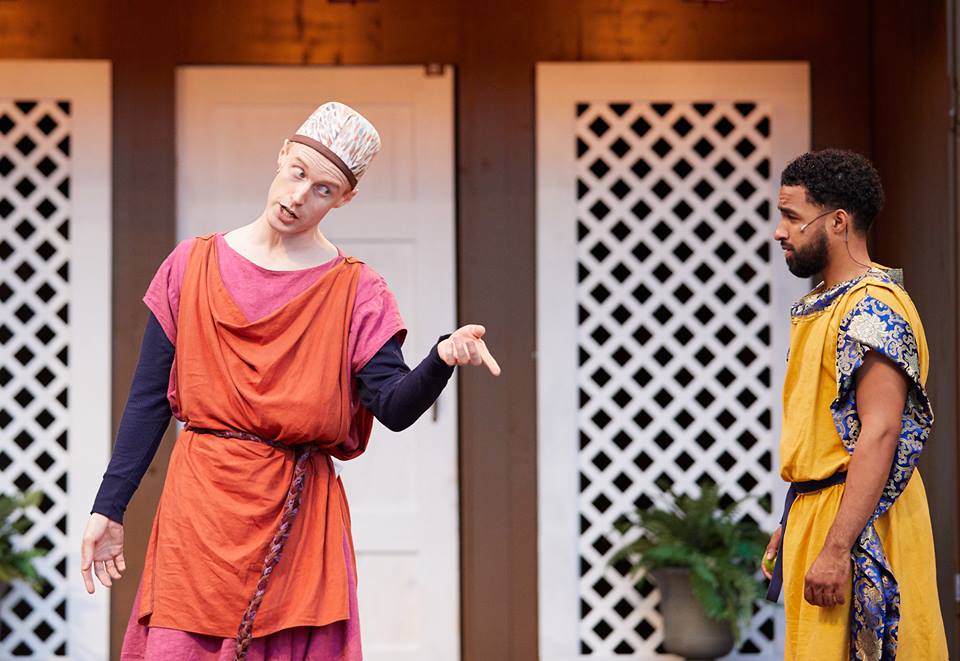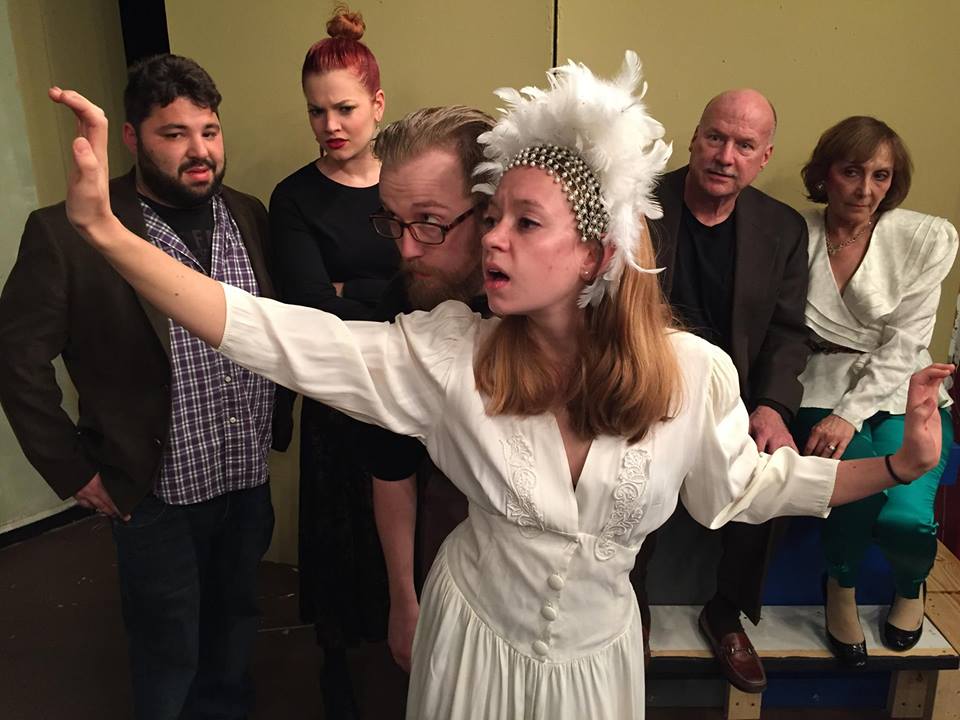The Louisville Orchestra’s 2010-2011 Hilliard Lyons Classic Series concerts have been organized as musical tours of various cities around the world. Conductor Jorge Mester led the Louisville Orchestra and its audience at the Brown Theatre on a musical journey to London last night in program featuring music by Benjamin Britten, Antonin Dvorak and Edward Elgar. The results were mixed.
The concert opened with a very early work by Britten. Soirees musicales, Op. 9, (“Musical Evenings”) was composed by in 1936 when, while working as a journeyman composer at a film studio in England, Britten was asked to write music for a documentary film entitled “Men of the Alps.” The 23-year-old composer arranged five piano pieces by Rossini into a delightful suite for orchestra. (He later arranged another set of Rossini pieces and the two were eventually combined as the score for Balanchine’s ballet, Divertimento.)
Last night’s performance of the suite, which opened with a confident fanfare in the brass and alternately marched, capered and waltzed through the various sections of the orchestra, gave several of the LO’s principals, including Marion Gibson (oboe), J. Jerome Amend (trumpet) and Andrea Levine (clarinet) chances to display their musicality with playful and charming solos. Touches of humor left audience members smiling, not least of which was the instrumental imitation of alpine yodeling in the “Tirolese” movement.
Charm, and no small amount of poetry, was on hand in soloist Julie Albers’ account of Dvorak’s Cello Concerto in B minor, Opus 104, which had its premeire in London in 1896. It was a virtually note-perfect performance by the American cellist, but even though her well-developed musical taste was evident, the performance never displayed the full-blooded Bohemian emotions of the concerto.
Ms. Albers spends much of her career playing chamber music and her sound is actually more suited to that genre that to performing in front of a symphony orchestra, at least as heard under last night’s circumstances. The voice of her 1872 Vuillaume cello never managed to fill the hall and the orchestra almost entirely overbalanced the soloist. One exception was a beautiful duet with concertmaster Michael Davis. Why was Maestro Mester not being mindful of these acoustics?
Speaking of acoustics, during the lyrical Adagio movement, strange electronic twittering could be heard in the auditorium. Was the ensemble being amplified? The sound of the orchestra during Elgar’s “Enigma” variations reinforced this impression.
It was difficult to distinguish layers of tone color – strings, winds, brass – and the orchestra dynamics ranged from loud to louder. A performance of Elgar’s nostalgically romantic masterpiece requires a full choir of strings, especially lower strings, whose numbers were not in balance with the violins. Was the orchestra being electronically enhanced to give an impression of being larger? If so, it was not a good idea. There is a huge difference between “full sound” and “loud volume” and the loudness in the hall was physically painful.
This was a brutish rendering of music that should have been characterized by the composer’s affection for and appreciation of the friends and family he depicted in the variations. Mester’s tempos were so rushed that all wit and whimsy was obliterated.
The famous Variation IX, “Nimrod,” should begin so softly that the audience has the impression of a musical whisper. The movement builds in an ever-so-gradual crescendo making the climax of Elgar’s elegiac melody one of the most beautiful and powerfully emotional moments in music. (It is the musical realization of Henry James’ statement, “The English are the most romantic people in the world and it is their best kept secret.”)
No such moment occurred here. The beginning was certainly no softer than mezzo forte, leaving little room for the emotional arc of the music.
Notable musical moments from several players, however, almost saved the performance. Jack Griffin’s expressive viola solo opened Variation X (“Dorabella”) was beautifully realized. Acting principal cellist Peter McCaffrey’s confident solo introduced Variation XII (B.G.N.), a showpiece for the small cello section as a whole. The excitement and exuberance of the final variation was effectively expressed, thanks to the skill of the LO brass. If the rest of “Enigma” Variations had been as well played as the last two variations, this would have been a much more enjoyable performance.
Two other impediments to audience enjoyment must be noted. Apparently, as a cost-saving measure for the cash-strapped Louisville Orchestra, there have been no program notes for the last several performances of the LO. Listeners would have to look up the works ahead of the concert for background information that was given in this review. The program didn’t even include all the movements of the Elgar. It stopped at the ninth variation. There are thirteen.
The last two Hilliard Lyons Classic Series concerts, on April 29 and May 14, will also be at the Brown Theatre. It is hoped that theatre management will turn off the heat. Many audience members were fanning themselves throughout the concert last night and no wonder. Radiators on the stairway landings to the balcony were hot enough to grill steaks.




